The Mehrangarh Museum, located within the imposing Mehrangarh Fort in Jodhpur, Rajasthan, is one of India’s leading cultural institutions. Established in 1972 by the Mehrangarh Museum Trust, the museum preserves and showcases the artistic, cultural, and historical heritage of the Rathore dynasty of Marwar. Its diverse collections, including artefacts, decorative arts, textiles, and paintings, offer insights into the region’s royal traditions and craftsmanship.
Architectural and Historical Significance
Mehrangarh Fort, built in 1459 CE by Rao Jodha, exemplifies the fort architecture in the region. With its massive sandstone walls, intricately carved lattices, expansive courtyards, and regal halls, the fort provides a fitting backdrop for the museum. Each gallery is situated within the fort’s historical chambers, allowing visitors to experience the seamless blend of architectural heritage and curated exhibits.
The fort opened to the public in 1974, two years after the museum’s establishment. Additional attractions nearby include the Rao Jodha Desert Park, a restored ecological zone, and Jaswant Thada, a marble cenotaph commemorating Maharaja Jaswant Singh II. To improve accessibility, a lift was installed in 1995, allowing visitors to reach the museum’s galleries, located more than 120 feet above the fort’s entrance.
Exhibition Galleries
The museum is home to a range of galleries and period rooms, each highlighting unique aspects of Marwar’s cultural and historical legacy.
1. Haudah Gallery
This gallery displays a remarkable collection of haudah or howdahs (elephant seats), including the silver howdah gifted by Mughal Emperor Shah Jahan to Maharaja Jaswant Singh in 1657.
2. Palanquin Gallery
Dedicated to royal modes of transport, the gallery showcases intricately adorned palkis (palanquins) adorned with covers, a key element of the Purdah system. These exquisite objects served as a mode of transport for royal ladies until the 20th century, while also being used by male members of the royal family on special occasions.
3. Daulat Khana Gallery
Housed in the Ajit Vilas section, this gallery The Daulat Khana Gallery displays one of the most significant and well-preserved collections of fine and applied arts from the Mughal and Rajput periods. During this time, the Rathore rulers of Jodhpur maintained close relations with the Mughal emperors. This gallery includes notable examples of arms, textiles, decorative arts, paintings, manuscripts, and headgear. Highlights include the exquisitely carved Mahal Dol palanquin, captured by Maharaja Abhay Singh during his Gujarat expedition, and rare artefacts such as the sword of Mughal Emperor Akbar, woven tent screens, embroidered tent hangings, and an embroidered jama. The Daulat Khana Gallery displays one of the most significant and well-preserved collections of fine and applied arts from the Mughal and Rajput periods. As visitors move through this gallery, they engage with 500 years of Rathore history and culture.
4. Painting Gallery
The gallery primarily displays miniature paintings from the Marwar school. The collection features secular and religious themes, including depictions from the Ramayana, Dhola-Maru, and Barahmasa. Currently, the exhibition titled ‘Emotion of Love: As Expressed by the Artists of Marwar’ explores various facets of love, including divine and eternal love, depictions of love in folklores and music, and the pleasures of royal life.
5. Textile Gallery
The section showcases a collection of royal tents, such as the 17th-century Mughal tent Lal Dera, and furnishings, highlighting the vibrant and dramatic aspects of medieval India’s royal life. The encampments are accompanied by valuable carpets, chintzes, embroideries, brocades, and velvets, reflecting the splendor of imperial residences.
6. Arms Gallery
The Selaih Khana (Armory) of the Rathore dynasty presents unique examples of metalwork on helmets, armor, swords, and archery equipment. Highlights include damascened sword hilts, helmets, and ceremonial weaponry. This collection offers insights into over 500 years of Jodhpur's cultural, artistic, and political history.
7. Turban Gallery
The gallery explores the diversity of turbans and headgear worn in Rajasthan for different occasions by various ethnic groups and cultures, highlighting their cultural and ceremonial significance. It also highlights the evolving styles of headgear worn by the rulers of Marwar over time.
Period Rooms
The period rooms within the fort offer a glimpse into royal life and aesthetics:
Sheesh Mahal
The Sheesh Mahal (Glass Palace), a private apartment built between 1707 and 1724, features intricate wall paintings depicting gods and goddesses. Originally part of a hall used by Jodhpur’s Maharajas, the room was later enhanced in the 19th century with a wooden ceiling and a European glass chandelier. The original 18th-century ceiling is preserved and displayed on the floor, offering visitors a closer view of its exquisite craftsmanship.
Phool Mahal
The Phool Mahal (Palace of Flowers), constructed in the 18th century by Maharaja Abhay Singh, is the grandest period room in Mehrangarh Fort. Its defining feature is a gold filigree ceiling, complemented by 19th-century wall paintings depicting both religious and secular themes, including Ragachitras (paintings of musical modes). Intricate stained glass windows further enhance the room’s opulence.
Takhat Vilas
The Takhat Vilas, the bed-chamber of Maharaja Takhat Singh, blends Hindu and European artistic elements. The room is adorned with lacquer-painted wooden ceilings depicting various themes, reflecting the eclectic tastes of the Maharaja, who was the last ruler of Jodhpur to reside in Mehrangarh.
Sardar Vilas
The Sardar Vilas, an 18th-century palace room, highlights the exceptional woodcraft traditions of Marwar. The room showcases 19th-century wooden doors and windows intricately decorated with ivory inlay, lacquer, and painted embellishments, reflecting the region’s artisanal excellence.
Jhanki Mahal
The Jhanki Mahal, constructed during the reign of Maharaja Takhat Singh, was designed as a space for royal women to observe formal proceedings in the courtyards. Today, it houses a collection of ornately carved cradles, some used for infants and others for deities, showcasing the artistry associated with royal childhood and religious rituals.
Dipak Mahal
The Dipak Mahal, built in the 18th century by Maharaja Ajit Singh, served as the administrative center of the fort. This chamber accommodated officials and Diwans, with a designated seat for high-ranking officials at the rear, symbolizing the hierarchical structure of governance in Marwar.
Moti Mahal
The Moti Mahal (Pearl Palace), constructed in the 16th century by Sawai Raja Sur Singh, served as the Hall of Public Audience. Its polished walls and niches exude elegance, while the richly embellished ceiling, added later by Maharaja Takhat Singh, enhances its grandeur. The adjoining Holi Chauk (courtyard) complements the room, emphasizing its ceremonial significance.
Community and Scholarship
The Mehrangarh Museum actively engages in the preservation, research, and promotion of Rajasthan’s tangible and intangible heritage. It collaborates with national and international institutions to host exhibitions and cultural programmes. The museum is also committed to documenting and reviving traditional arts and crafts, providing a platform for artisans and scholars to share their work. It internship programmes and has a manuscript library that can be accessed by researchers and scholars. To enhance accessibility and visitor experience, the museum offers guided tours, multilingual audio guides, and detailed interpretive panels.
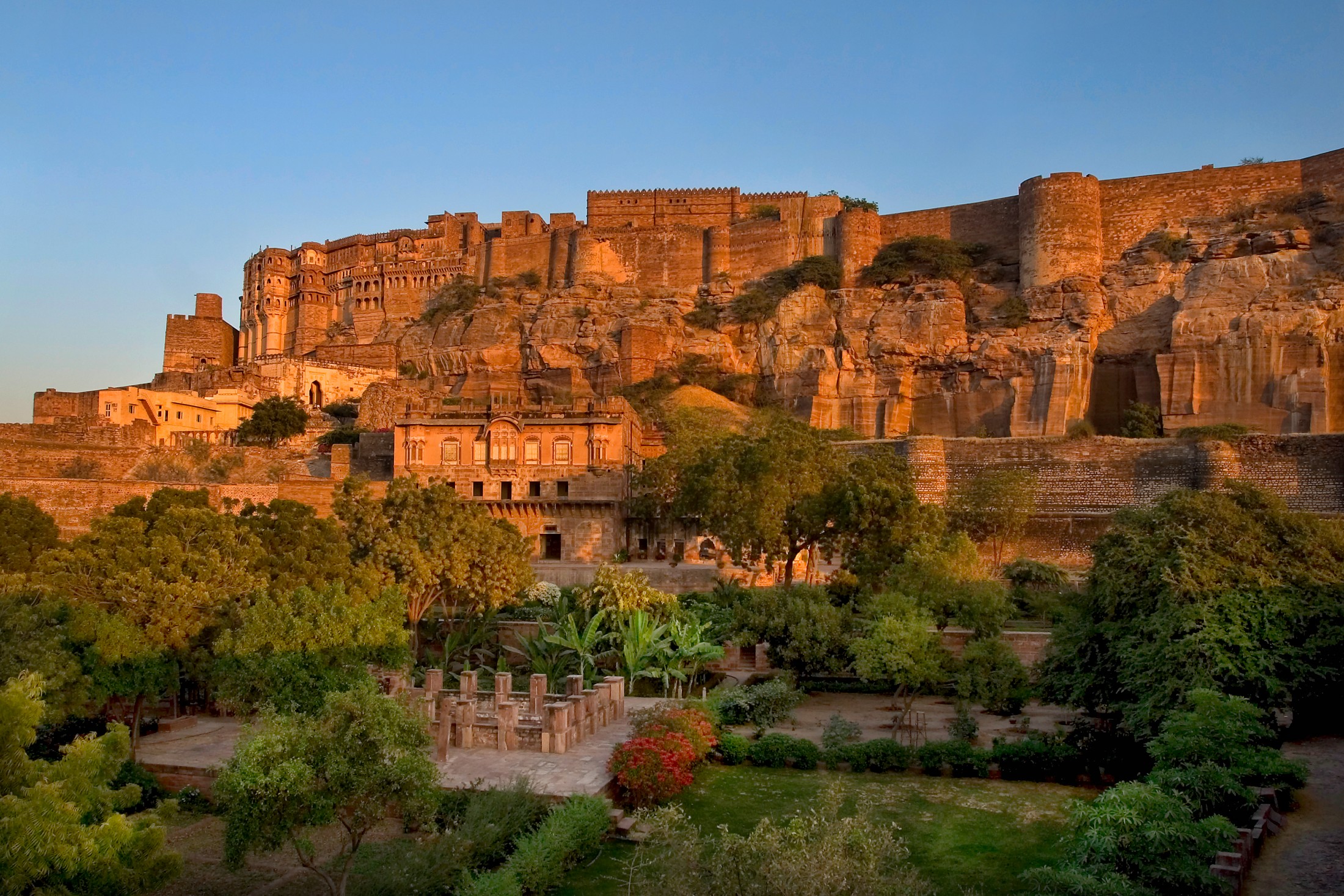
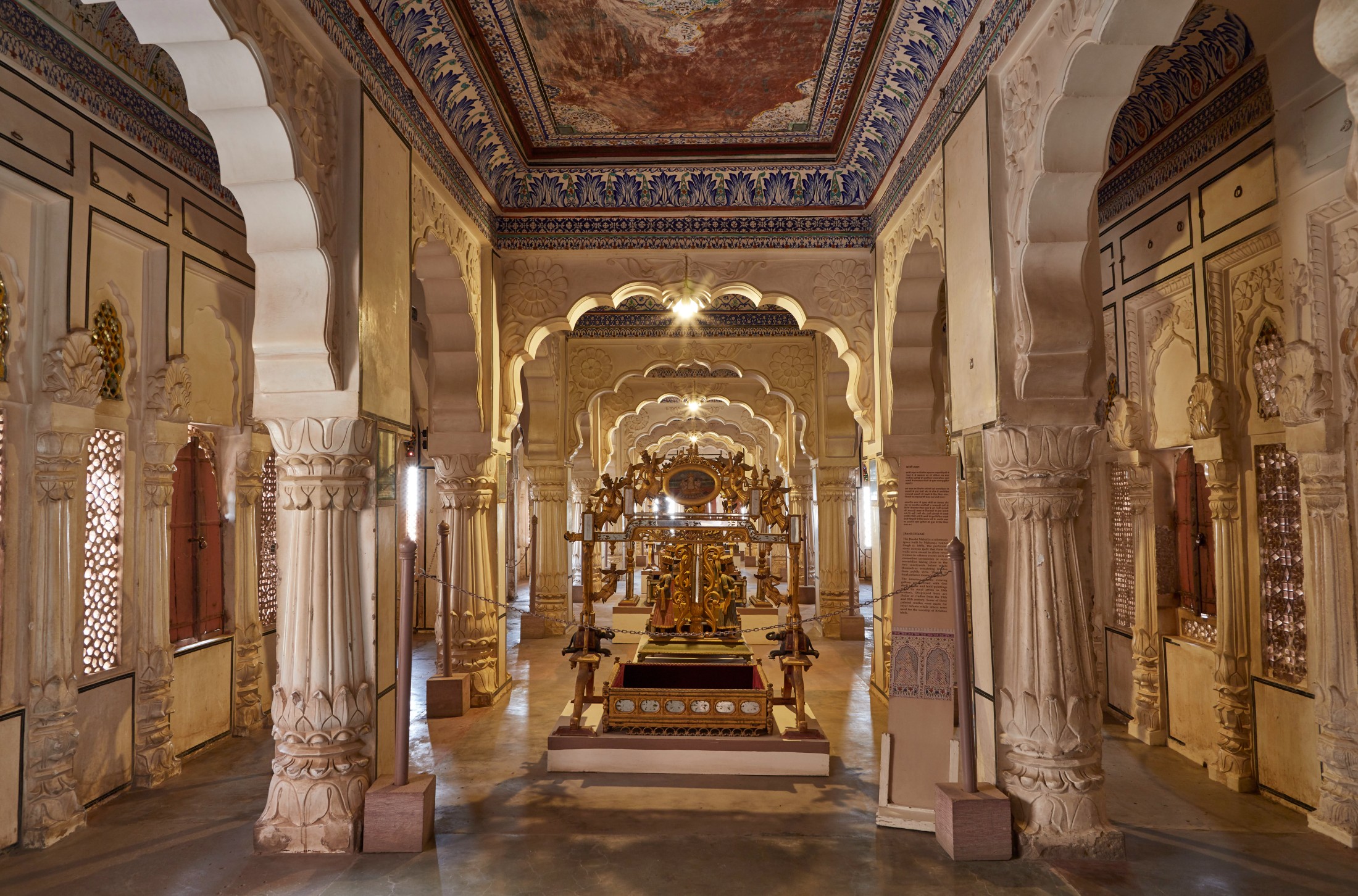
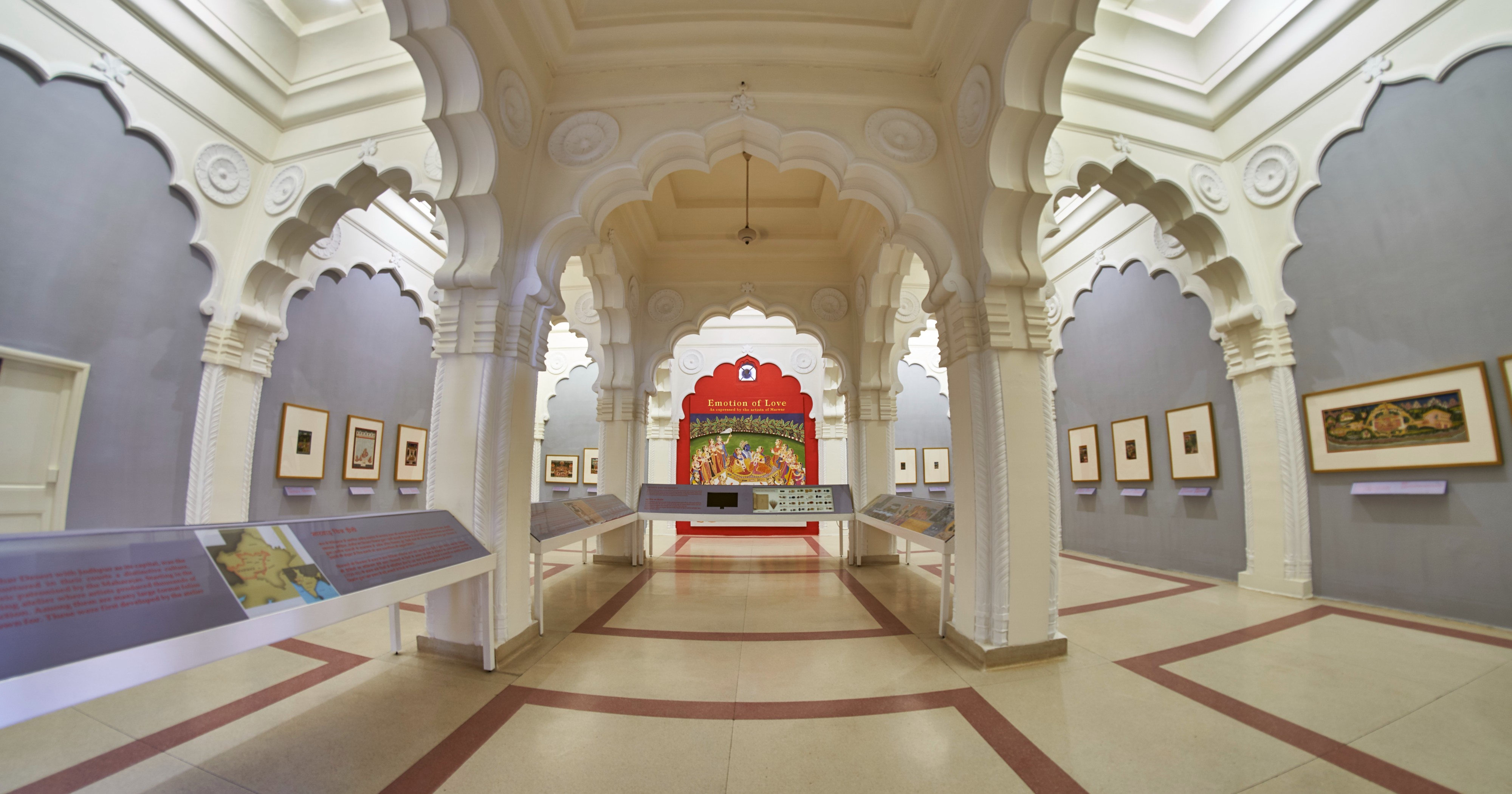
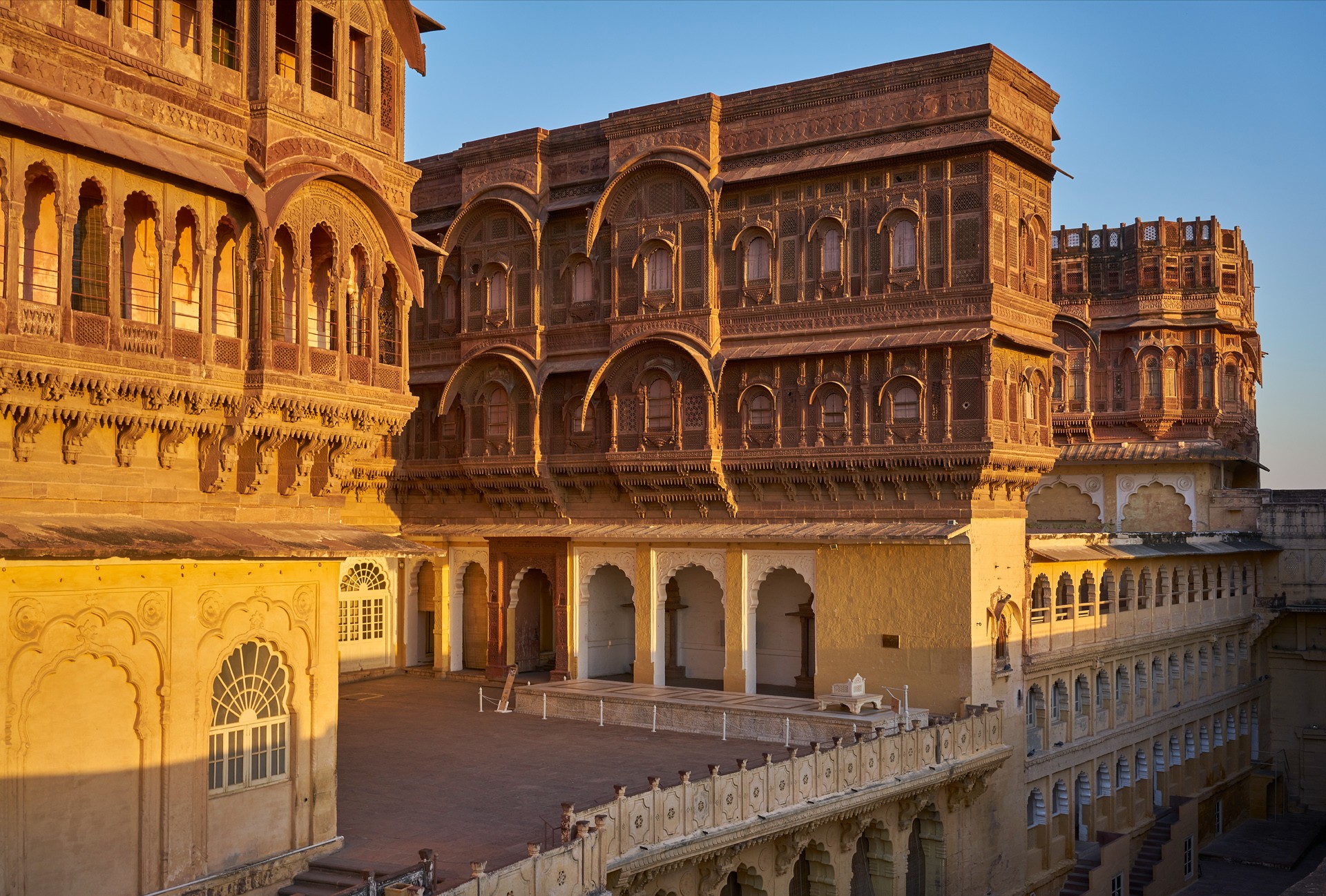
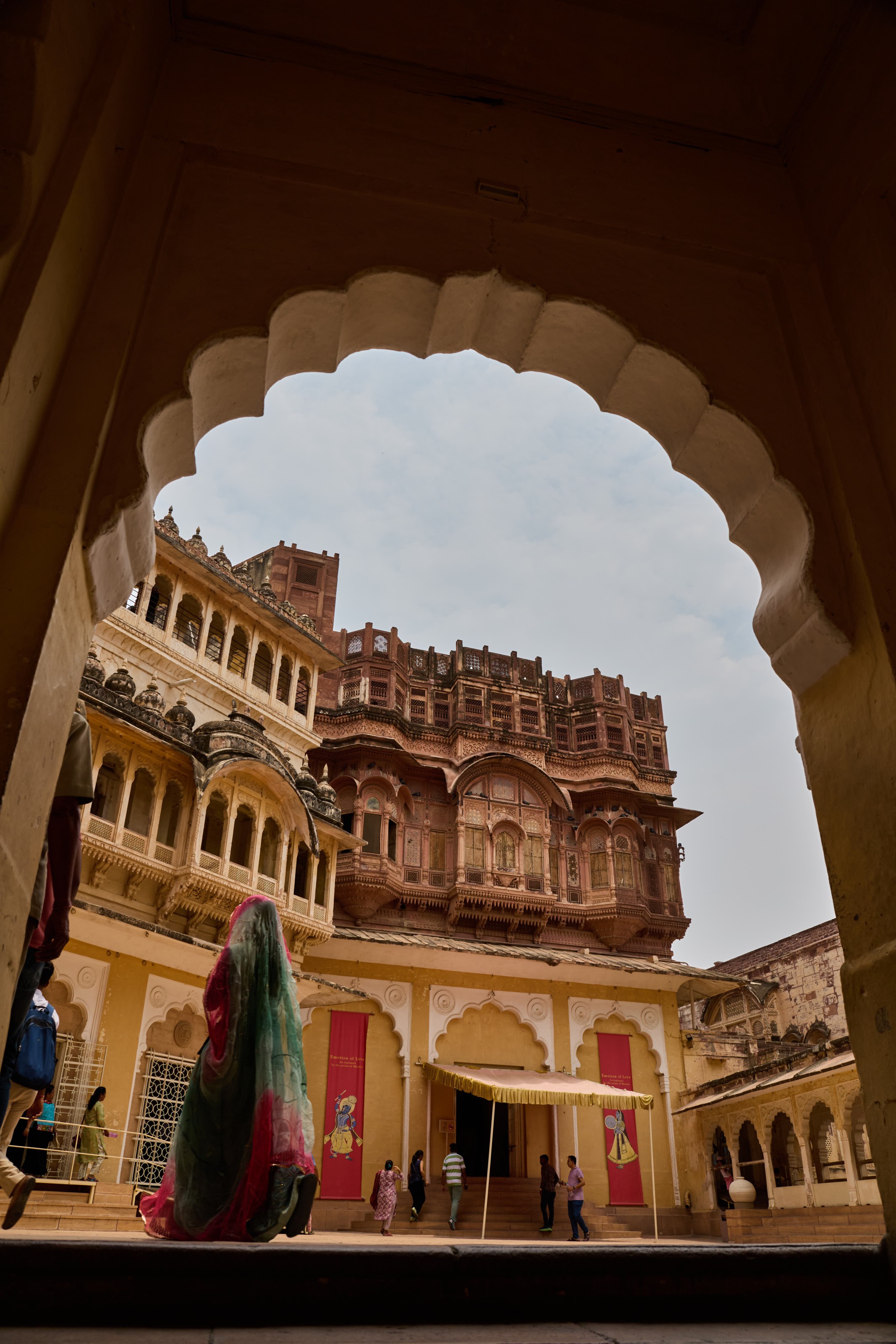
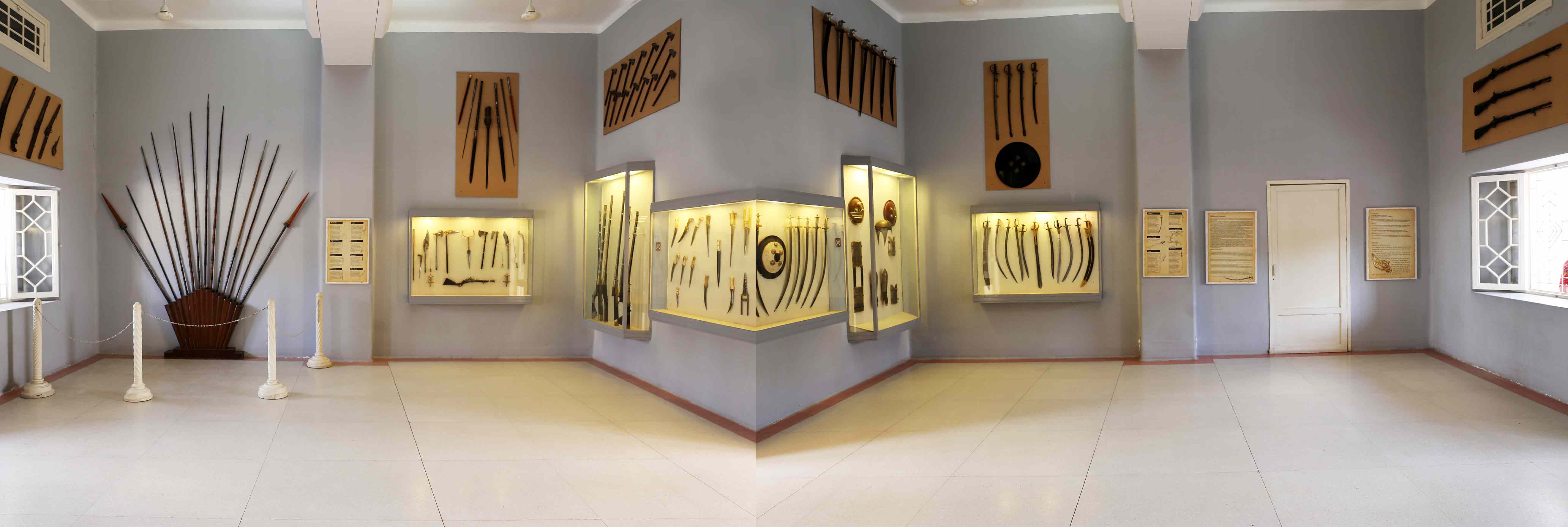
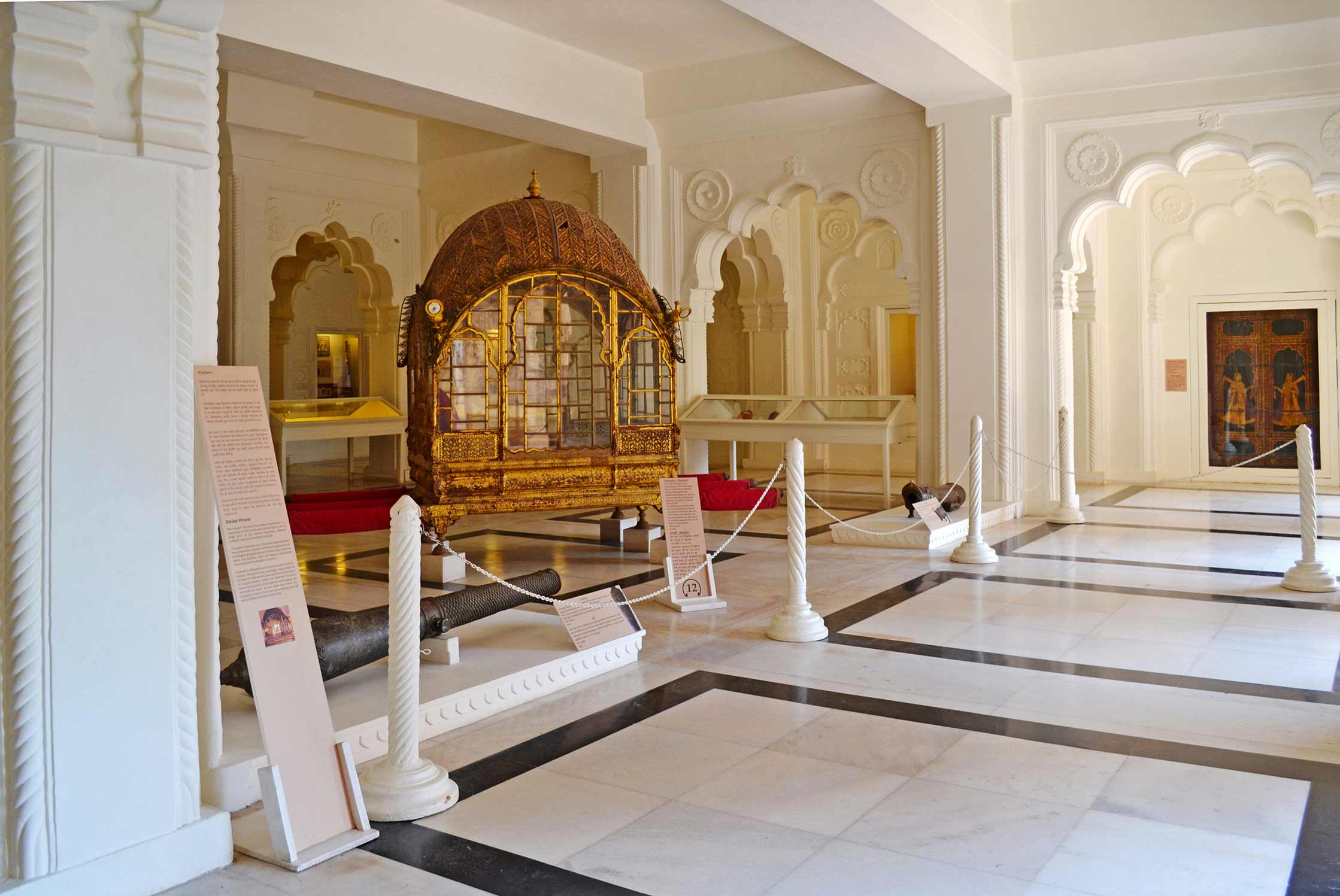
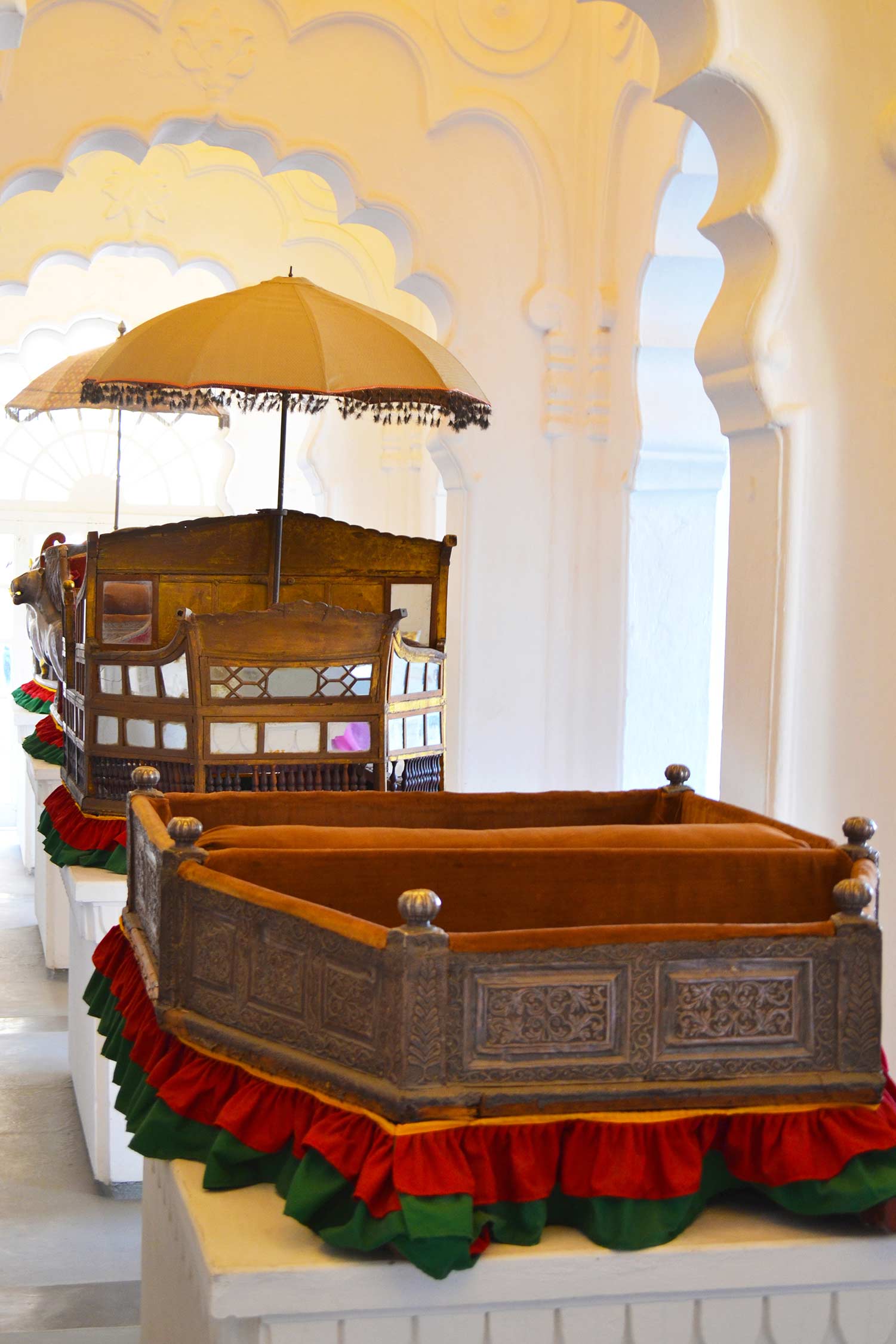
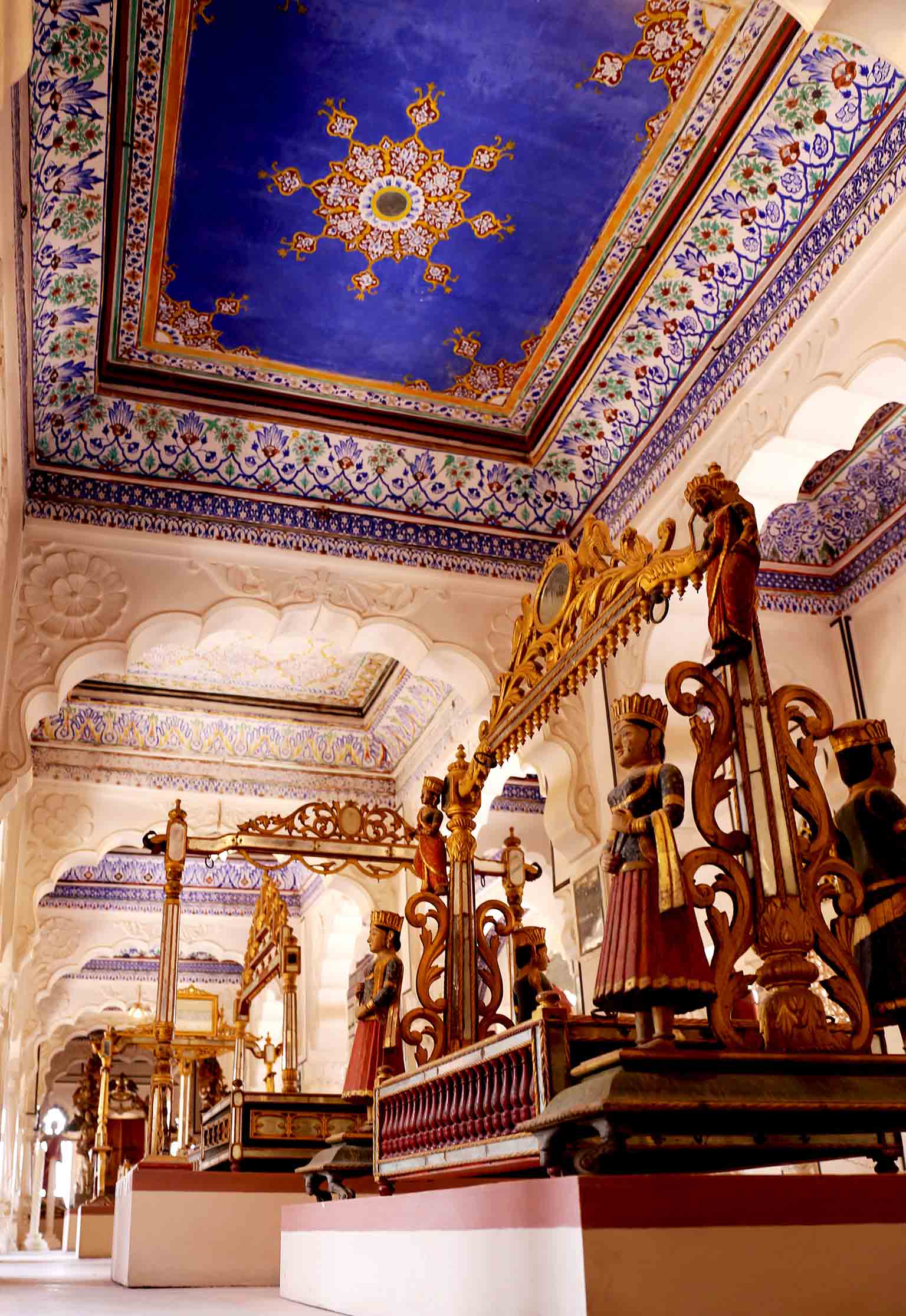
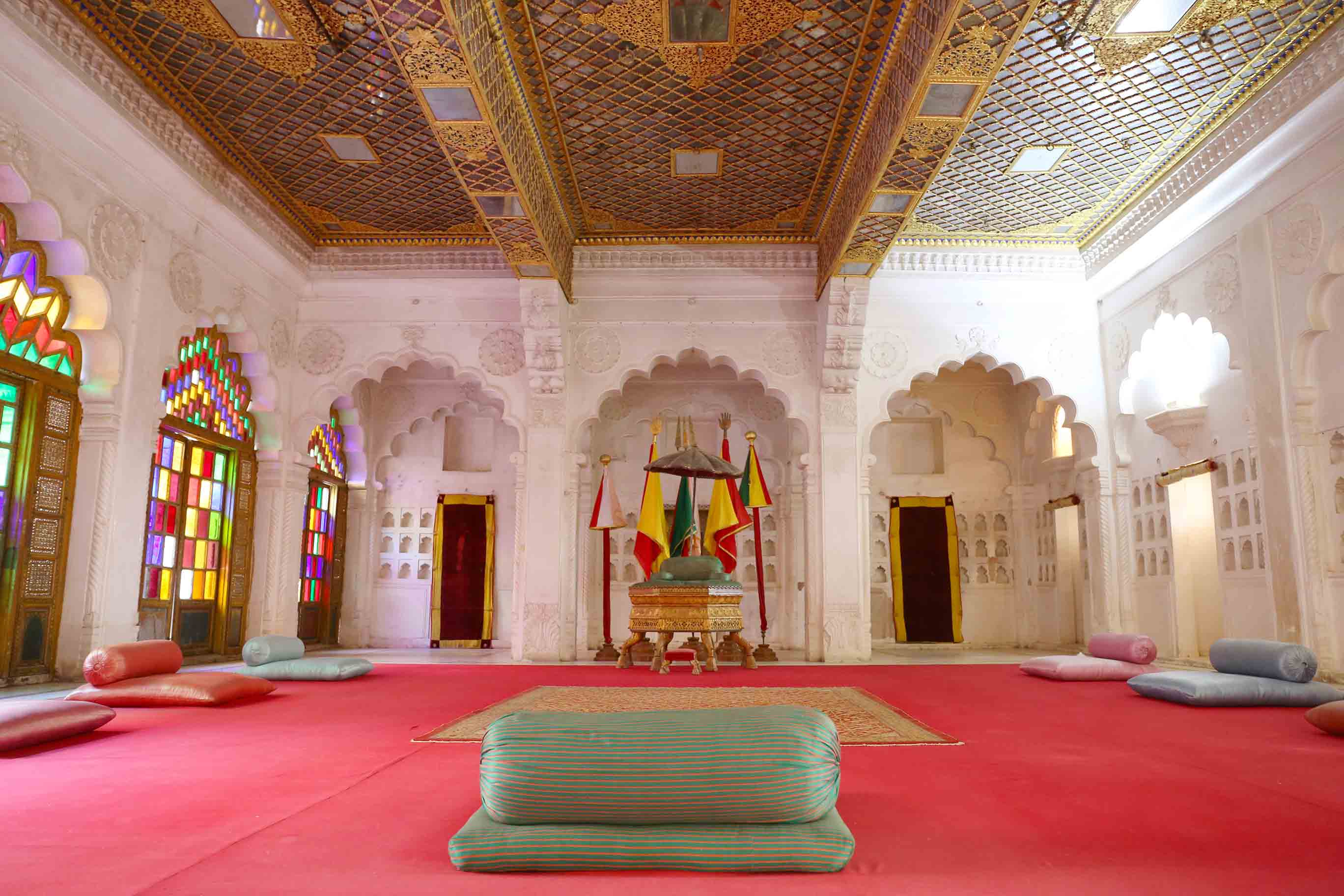
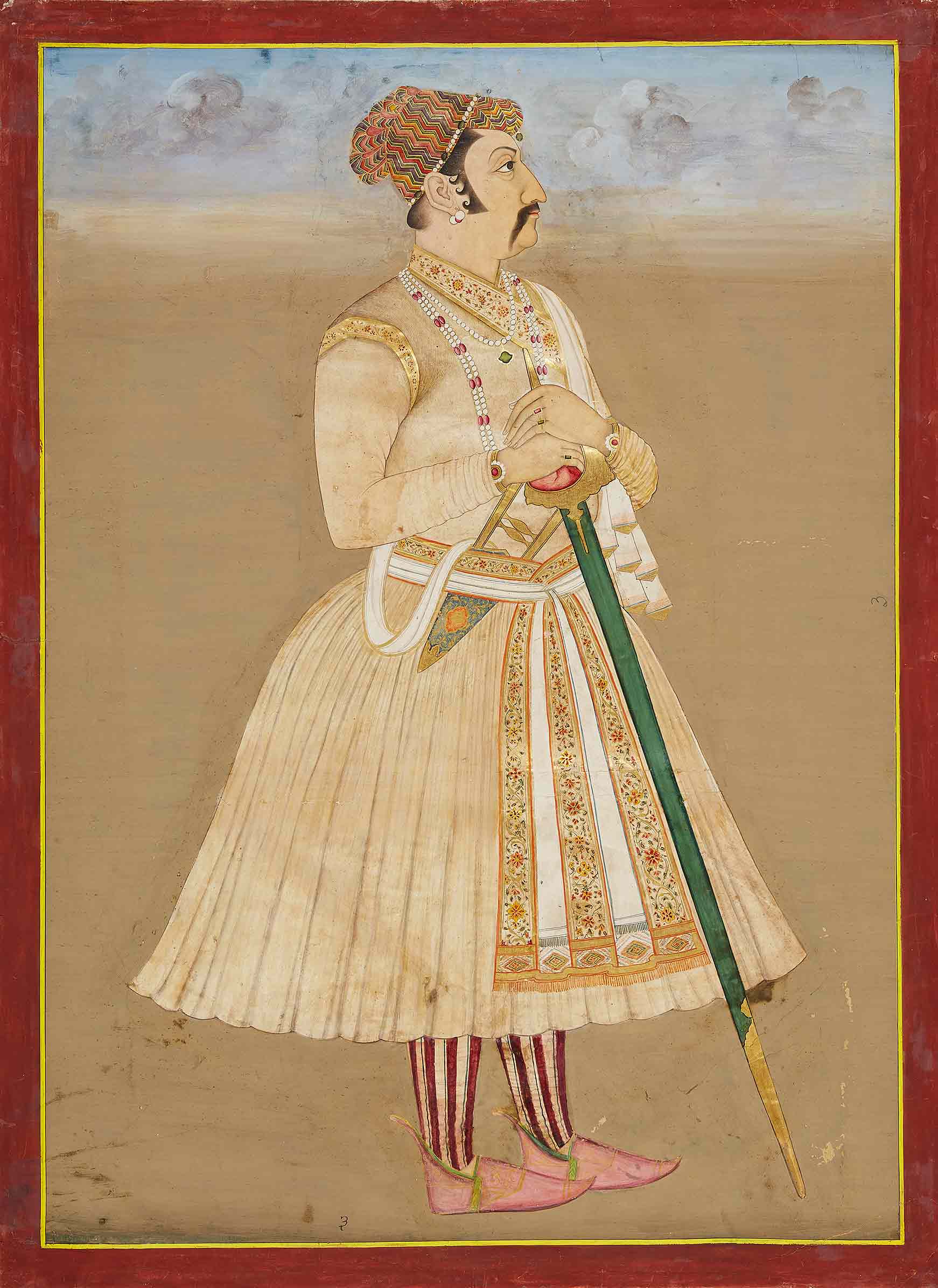

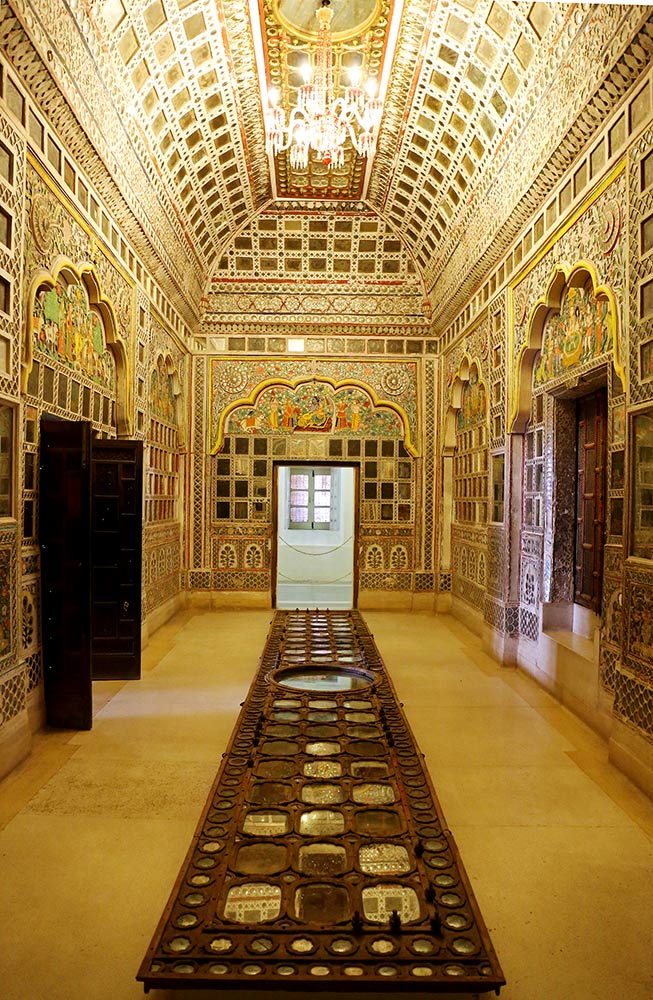
• Domestic Visitor: (Concession for Students/Sr. Citizen) INR 100
• International Visitor. INR 600
• International Visitor: (Concession for Students) INR 400
• Guide 1-4 Pax: INR 500 (Including GST)
• Guide 5-15 Pax: INR 600 (Including GST)
• Guide 16-30 Pax: INR 800 (Including GST)
• Guide 31-50 Pax: INR 1000 (Including GST)
